

|
Arctic breeding birds arrive on their nesting
grounds in spring when weather conditions may still be extreme
(low temperature, snow). The brief arctic summer requires that
they begin breeding as early as possible to take advantage of
the ephemeral abundance of food to feed young. However, the extent to which extreme spring weather may affect the breeding schedule varies according to the severity of the arctic environment. Even at the same latitude, some arctic environments are more severe than others. Failure to adjust to the local phenology results in drastically reduced reproductive success. Hormone-behavior adaptations that maximize survival and reproductive success in diverse environments of the Arctic are the focus of this proposal. It has been shown that the interrelationships of testosterone and territorial aggression as birds arrive on the arctic breeding grounds vary according to species and locality. In some, territoriality is extremely brief following which birds become apparently refractory to the effects of testosterone. Others are territorial throughout the breeding season, but the dependence of these behaviors upon activation by testosterone is lost. Territorial aggressive behavior of four arctic breeding passerines will be compared at different sites from sub-arctic (longer breeding season) to high-arctic (the most brief breeding season). The temporal patterns of testosterone in relation to patterns of aggressive behavior and the effects of manipulation of testosterone level will also be determined. In this way it is possible to determine the ecological bases of different types of territorial behavior and interrelationships with testosterone in diverse arctic environments. We will also compare adrenocortical responses to stress in these species at different arctic sites. Extensive data now indicate that arctic birds modulate the secretion of corticosterone in response to a standardized capture stress protocol as a function of local environmental conditions and stage in the breeding cycle. This is thought to be an adaptation to allow onset of territorial behavior and breeding in the face of potentially stressful conditions. Behavioral and physiological responses to corticosterone treatment are diminished within these populations and experimental comparisons will be made to indicate how endocrine mechanisms may vary in relation to arctic habitat and other ecological factors. Finally, laboratory experiments will
assess the number and distribution of receptors for testosterone (and
possible metabolites) and corticosterone in the central nervous
system, as well as activity
of steroid metabolizing enzymes. This unique approach of field
and laboratory experiments to compare types of territorial behavior
in different arctic environments, effects of hormones and stress,
and ultimately the related distribution of hormone receptors
in the brain will not only pinpoint specific adaptations for
birds breeding throughout the Arctic, but will have significance
for the regulation of reproductive processes of vertebrates in
general. This basic information will also provide a unique battery
of techniques for assessment of the effects of global climate
change on arctic animals in the future.
|
 |
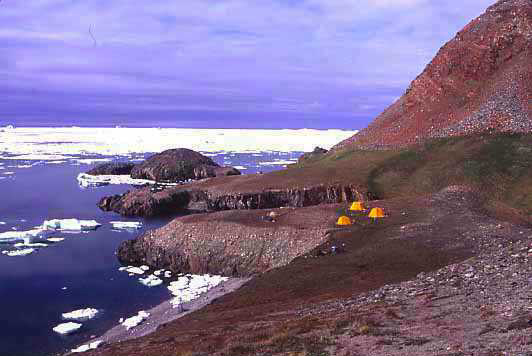 |
Birds studied for this project:

|
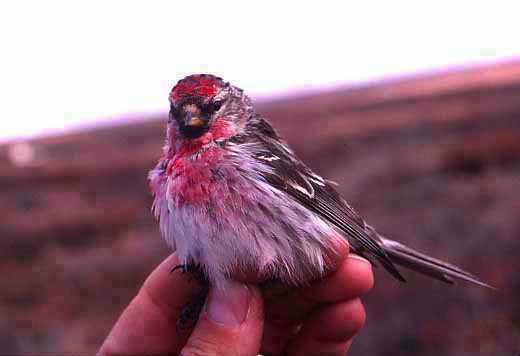 |
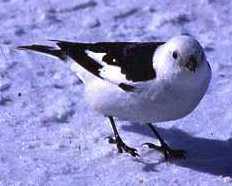 |
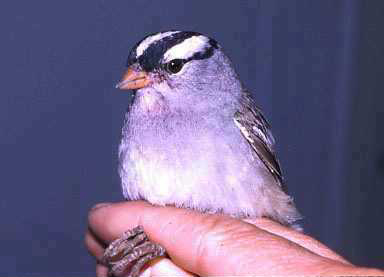 |
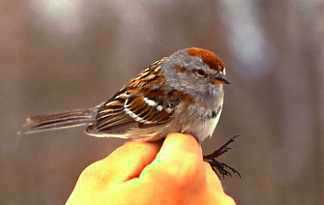 |
| Lapland Longspur | Redpoll | Snow bunting | Gambel's White-Crown Sparrow | Tree Sparrow |
| Many vertebrate taxa have great flexibility in the timing and organization of their life history cycles whereas other species appear to be inflexible. Although phenotypic plasticity has received much attention from ecologists and evolutionary biologists, how this flexibility, or lack of it, is reflected in neuroendocrine and endocrine control mechanisms is much less well understood. We propose here to focus on one life history stage, breeding, in a group of closely related birds. Populations of "crowned sparrows" of the genus Zonotrichia breed from above the Arctic Circle in Alaska, throughout western North America (Z. leucophrys), and through central and South America to the southern tip of the continent (Z. capensis). We have identified key populations in Arctic, mid-latitudes and equatorial regions that express the full spectrum of extreme inflexibility of timing (Arctic) to almost complete flexibility and asynchrony (equatorial regions). Intermediate degrees of flexibility are found at mid-latitudes. | |

|

|
| We also have a large corpus of data from a population of Melospiza melodia in western Washington State that expresses a similar cline of reproductive flexibility showing most plasticity in mild, coastal habitats and least flexibility in high altitude habitats in the Cascade Mountains. The most valuable aspect of the latter populations is that they are all the same sub-species, are non-migratory, are at the same latitude and are thus exposed to the same changes in day length over the year. This combination of variation in reproductive plasticity over a latitudinal gradient (Zonotrichia), and longitudinal (altitudinal) gradient in Melospiza, represents an extremely powerful array of comparisons to determine neuroendocrine mechanisms by which vertebrates integrate environmental signals and orchestrate reproductive function. Given the enormous database we have for the northern populations of these taxa, addition of comparative data from southern North America and equatorial regions will provide critical new insight into how reproductive function is controlled. We will focus on how three classes of environmental signals interact to regulate reproductive development in populations of birds in these diverse habitats. The first class is called initial predictive information that provides long term predictive information to trigger reproductive development. A second class is supplementary information that provides short term predictive cues to adjust gonadal maturation and onset of egg-laying to local year-to-year fluctuations in weather etc. The third type is synchronizing and integrating information that includes all social interactions known to influence the first two classes. | |

|
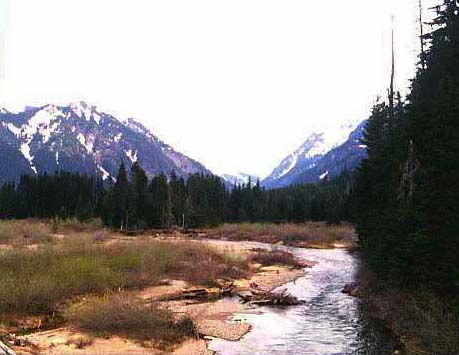
|
| Therefore responses to physical cues from the environment must be integrated with social status and other behavioral stimuli. Field studies in the California and tropical habitats will provide further critical long term baseline information on how gonadal development and onset of egg-laying varies with year to year differences in weather, arthropod emergence etc. This will add to our already substantial database on populations in the mountains and higher latitudes of North America. All field investigations will be accompanied by field experiments to determine how flexible breeding seasons are within each habitat. Plasticity in timing onset of breeding will be tested by implants of sex steroids into adult males and females to artificially prolong the breeding season in one sex, and then determine if the untreated mate can also prolong breeding. Simulated territorial intrusions will characterize the territorial system of taxa with varying degrees of plasticity in breeding as well as indicate whether the neuroendocrine/endocrine systems can respond to social stimulation. Parallel laboratory experiments will explore further how environmental signals such as change in day length and temperature interact with social cues to regulate neuroendocrine and endocrine secretions that orchestrate reproductive development. | |
| These experiments will also identify sensory modalities by which environmental signals enter the CNS (where not already known). Finally, cell and molecular techniques will be applied to determine the mechanisms and, ultimately, the neural pathways by which environmental signals are transduced into neurosecretions. These data represent a highly integrated blend of field investigations coupled with mathematical treatment of natural history data that will then interface directly with physiological, cell and molecular mechanisms. The results will not only provide critical new information on how organisms interpret environmental information in general, but also have potential practical application as to how animals, particularly vertebrates, may respond to global change in the near future and increasing human disturbance at present. | 
|